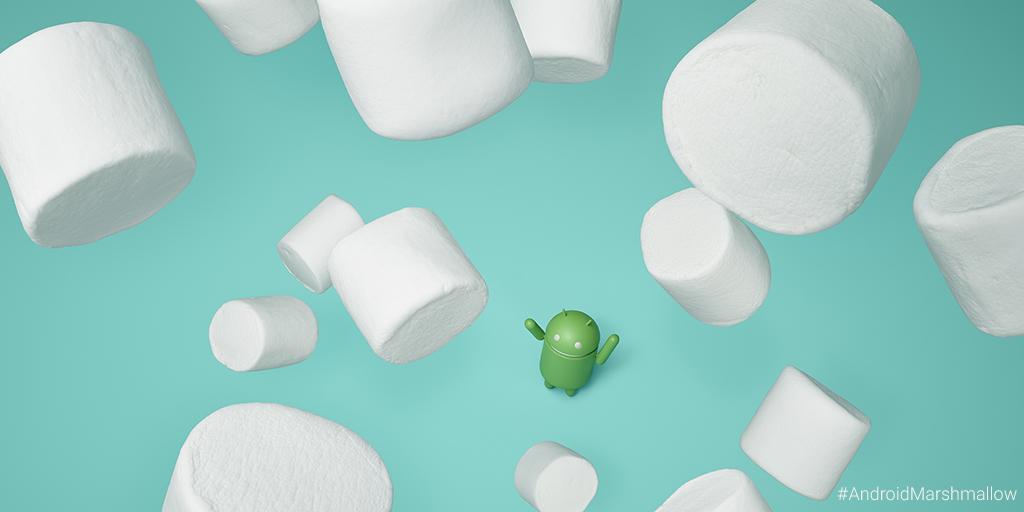Android Marshmallow just can’t take a bite out of KitKat

Google’s Android Marshmallow still lags behind KitKat. Photo: Google
Google’s Android Marshmallow update is now running on over 4.6 percent of devices worldwide, the company reports, up from the 2.3 percent point at which it sat during March. As those with a keen eye will already have noted, that means Android 6.0.x is now live on double the number of devices than last month.
Google’s statistics, which cover the seven-day rolling period ending April 4, have Marshmallow still a long, long way behind the most dominant Android release currently keeping devices ticking along. That badge of honor belongs to Android KitKat, which makes up a comparatively massive 33 percent of the Android installed base.
Android Marshmallow vs. iOS 9

The Android installed base for April 2016. Photo: Google
It’s no secret that the uptake of Android Marshmallow has been a slow one. It’s a sad joke compared to iOS 9, which Apple says is running on 80 percent of iPhones and iPads.
While the doubling of Marshmallow’s foothold is certainly cause for cheer, it’s worth remembering that some high-profile Android devices have been launched over the last two or three weeks, and they ship with the latest version of Android. The biggest of those is undoubtedly Samsung’s excellent Galaxy S7 and its curvier brother, the Galaxy S7 edge. Both these devices seem to be selling well right now, and are sure to give the Marshmallow figures a healthy shot in the arm.
With Android N now seeing early developer previews, it’s debatable whether Marshmallow will be given a proper chance to stake a claim for the title of most-used Android software version. Google is not one to stand still as far as software updates are concerned, even if its hardware and carrier partners are. New devices will continue to be released with the Marshmallow flavor of Android installed long after the OS is replaced by Android N at the sharp end of Google’s release cycle, further diluting the installed Android base.
- SourceGoogle


